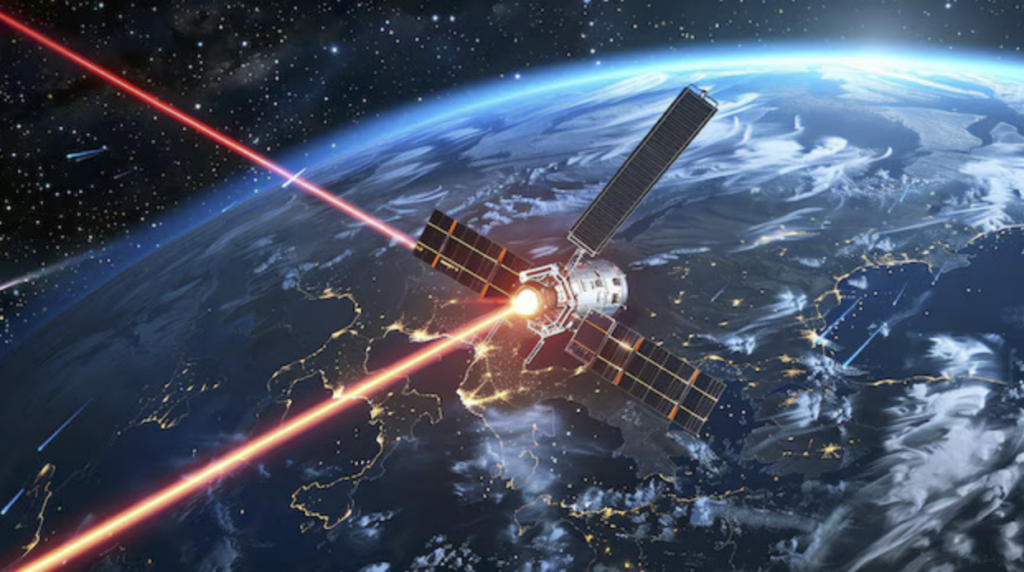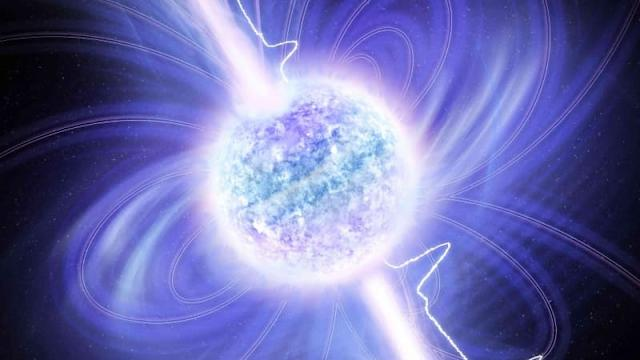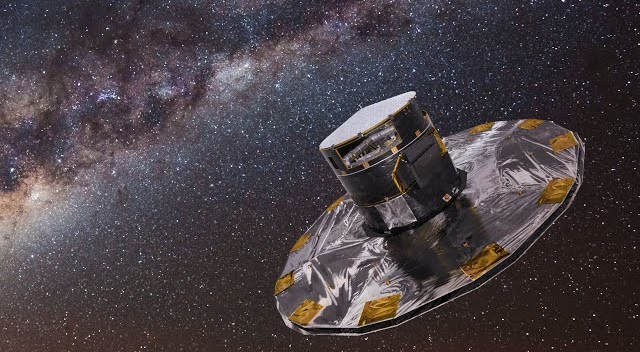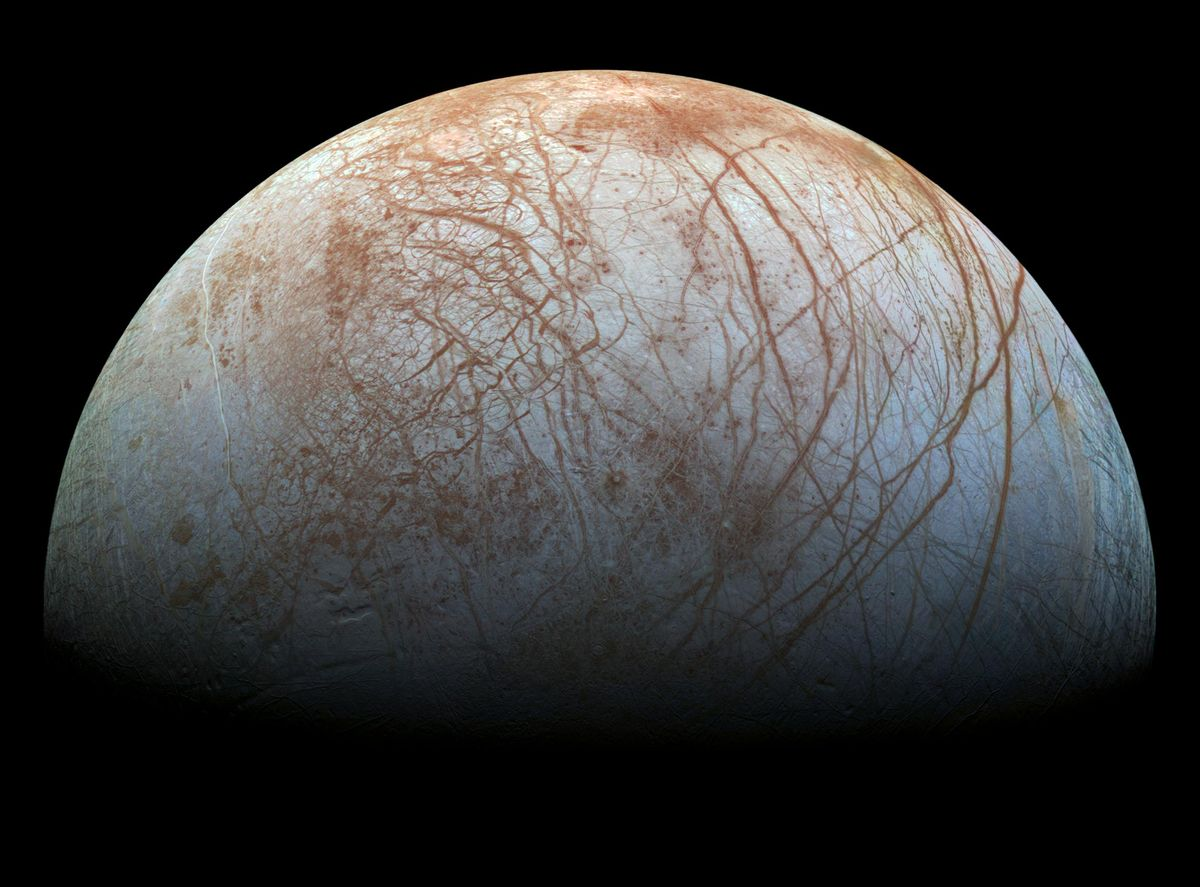solsticeuniversity.com – Satellites transmitting data via lasers mark a transformative leap in space communication, rooted in years of hands-on innovation, deep technical knowledge, industry-leading advancements, and dependable outcomes. Moving beyond the limitations of radio waves, laser-based optical systems deliver unprecedented speed and bandwidth, reshaping how data flows between satellites and Earth. With insights fresh to March 24, 2025, this technology’s impact is clear.
The skill driving this shift builds on decades of refinement. NASA’s Laser Communications Relay Demonstration (LCRD), launched in 2021, exemplifies this, achieving 1.2 Gbps transfers from geosynchronous orbit to ground stations in California and Hawaii, as detailed in agency updates. SpaceX’s Starlink, with over 9,000 laser links by late 2023, pushes 100 Gbps between satellites, cutting latency by 40% compared to fiber optics, a feat Elon Musk highlighted on X.
Pioneers like the European Space Agency (ESA) carry weight in this field. Their European Data Relay System (EDRS), active since 2016, beams data at 1.8 Gbps from low-Earth orbit to Earth via geostationary hubs, slashing delays from 90 minutes to near-instant, according to ESA logs. Japan’s JAXA laid early groundwork in 1995 with a 1 Mbps link, setting a reliable precedent.
The results speak to its dependability: NASA’s Psyche mission, launched in 2023, clocked 25 Mbps from 110 million miles away, far outpacing radio. With terabit speeds in sight, per IEEE Spectrum, laser-linked satellites are poised to unlock a new era of high-speed space data.




